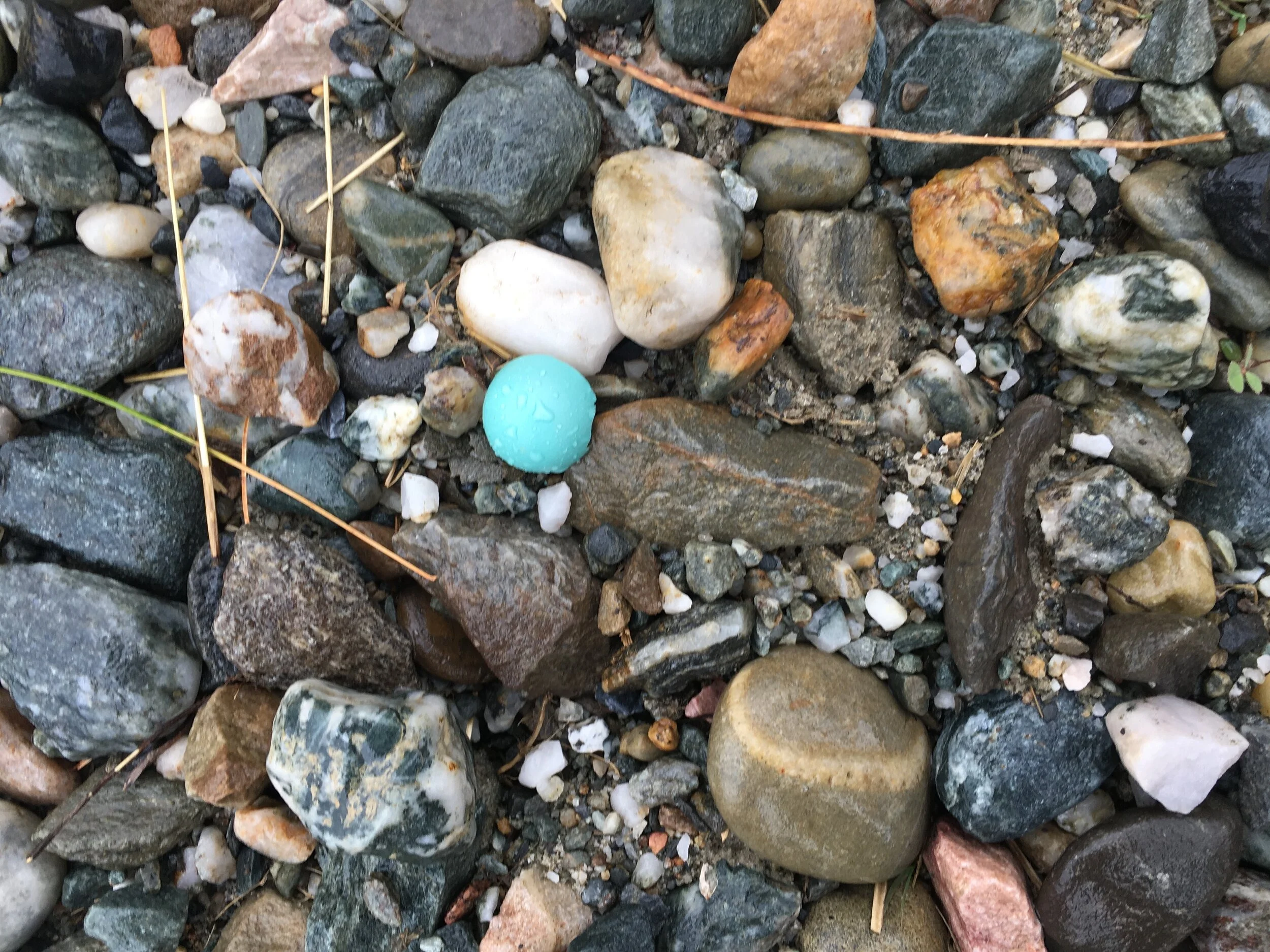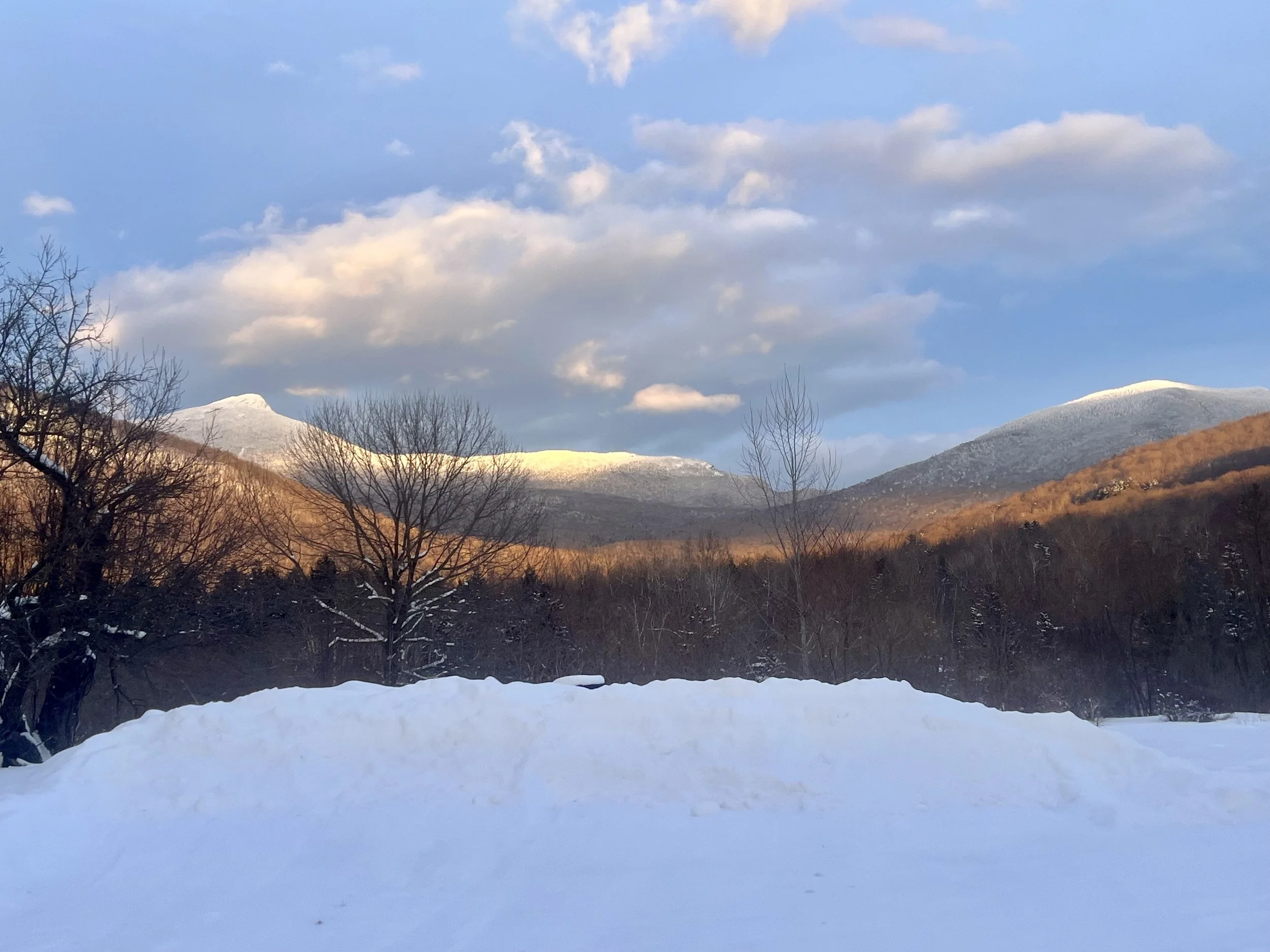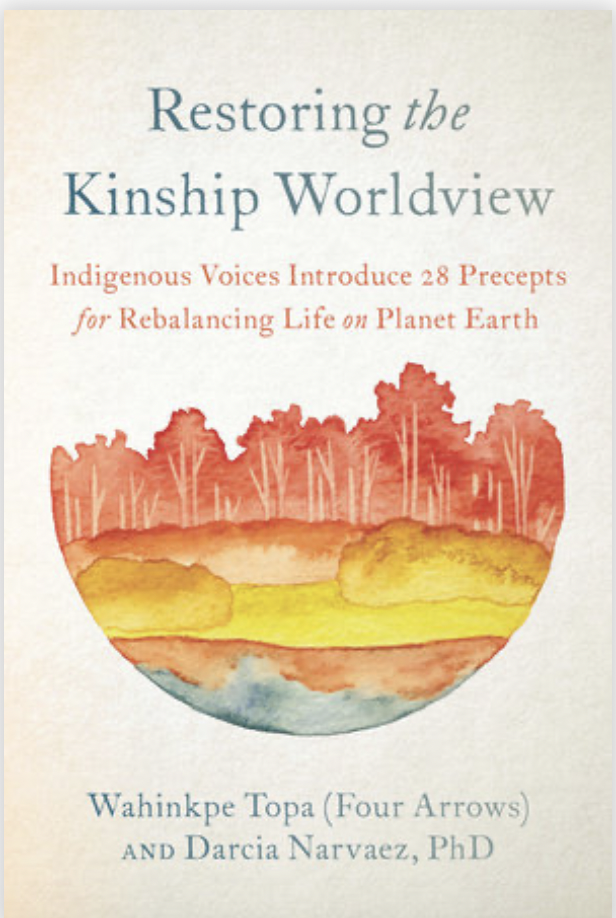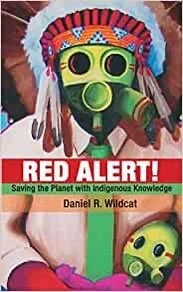“Central to a kin-centric relationship with land—thus LivingFuture’s work—lies an intimate, reciprocal human engagement with the beings living in a single place over time, while meeting core needs for food, medicine, craft, shelter, spiritual connection, and community, which in turn leads to the durable wellbeing of ecosystems, habitats, biodiversity, human cultural needs, and climatic resiliency.”
Read MoreA tour-de-force book and guide to pre-colonial land stewardship, the importance of Indigenous-minded humans in the conservation and preservation of ecosystems, and the rich abundance found in lands tended for millenia by Indigenous peoples. Essential lessons for any conservation-minded person today.
Read MoreThe book draws on interviews with people from different North American Indigenous cultures and communities, generations, and geographic regions, who share their knowledge and experience, their questions, their observations, and their dreams of maintaining the best relationship possible to all of life
Read More“Gather is an intimate portrait of the growing movement amongst Native Americans to reclaim their spiritual, political and cultural identities through food sovereignty, while battling the trauma of centuries of genocide.
Gather follows Nephi Craig, a chef from the White Mountain Apache Nation (Arizona), opening an indigenous café as a nutritional recovery clinic; Elsie Dubray, a young scientist from the Cheyenne River Sioux Nation (South Dakota), conducting landmark studies on bison; and the Ancestral Guard, a group of environmental activists from the Yurok Nation (Northern California), trying to save the Klamath river.”
Read More“The medium is the message” is one way to describe this work. Tyson interweaves story-telling, tool-and-weapon-making, images and gestures in the sand, the human body, songs, and radical truth-telling to convey knowledge in a completely different way from the english-language shaping of the world. Objects transform into relations, stories, and wisdom-holders. Western civilization is rendered from the semi-un-embedded eyes of an aboriginal worldview. This book returns us to ways of knowing deep in our bodies. Deep in our own histories as human, as part of creation. It is a gift. Read it, or listen to it.
Read MoreWe have found this to be one of the most mindset-shifting books. The book is in the form of conversation between two Indigenous scholars, with ‘contextualized biosketches’ that introduce other Indigenous people and their work that the authors then converse about.
Read More“Dr. Eisenberg shares her personal journey and lessons learned as a Native American woman in science, from her early academic work with mentor Nina Leopold Bradley, to her work with Indigenous people globally as Chief Scientist at Earthwatch Institute, to the work she is doing today in North America, building respectful collaboration between Tribal Nations and US and Canadian federal governments to restore degraded ecosystems and empower Indigenous communities.”
Read More“Liz Carlisle shows that carbon can actually be stored in the soil if we adopt ancestral land management strategies, many of which are held by communities of color.”
Read MoreA brutal and fascinating historical series by Ken Burns balancing the settling of North America by European immigrants with the decimating impacts on First Nations. A good cultural mirror for settlers.
Read MoreExemplary film depicting Indigenous land and food stewardship. Covers both history, present practices and challenges, and a way forward for tending the land in our era of climate instability food insecurity.
Read MoreA prescient and refreshing book about climate change and the human-nature relationship embodied in Indigenous lifeways. An entire shift in perspective about how to approach the Earth as we grapple with the consequences of our own choices, climate instability. A highly-recommended read.
Read More“Mike DeMunn is a prominent forester and conservationist who has managed thousands of acres of forest across the Eastern US. Mike is of French-English and Seneca-Onondaga Iroquois heritage and is a person who has walked the edge between two worlds, combining understanding of forest from both perspectives, an expert in forest ecology and ancient tradition of indigenous practice.” from Woodlanders.
Read MoreFor over a century, conflicting views of wild nature created a rift between indigenous people and misguided conservationists.
Read MoreHart Mountain Antelope Preserve exemplifies how rangelands can rebound with the removal of non-native cattle. This short film exemplifies how time and careful exclusion of cattle restores riparian zones, restores multiple wildlife habitats, and brings life back to 447 square miles of land.
Read MoreHere’s the working paper by Sally Westaway from the Organic Research Centre sharing ongoing research into how to use ramial wood chips in annual vegetable systems.
Read MoreBright green grassy pastures. They make their way into so many postcard pictures...Have a look at this fascinating video where two ecologists speak about wildlife habitat relative to native scrubland, and what happens in Point Reyes California when scrubland is mown down for cattle forage.
Read MoreMany grass-animal advocates fail to account for potential net life-systems benefits of shrinking the footprint of livestock-based grazing operations--even small-scale ones. Using responsible disturbance on small portions of land for the purpose of growing staple, storable crops combined with re-wilding and perennial-cropping previously-grazed lands could significantly increase food yields AND wildlife habitat and reverse the alarming trends of diminishing numbers of insects, birds, and other wild animals.
Read MoreMany people associate regenerative agriculture (agriculture that builds soil, sequesters carbon, mimics an ecosystem, and amplifies life) with grazing cows, sheep, and sometimes goats. But in Vermont, with its shallow soil depths and fields-that-were-once forest, perennial tree crops mixed with conservation annual crops are an ideal choice.
Read More





